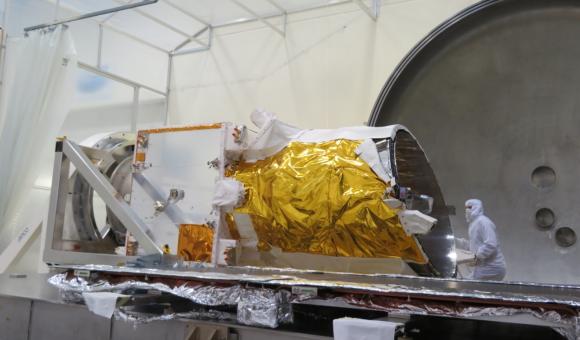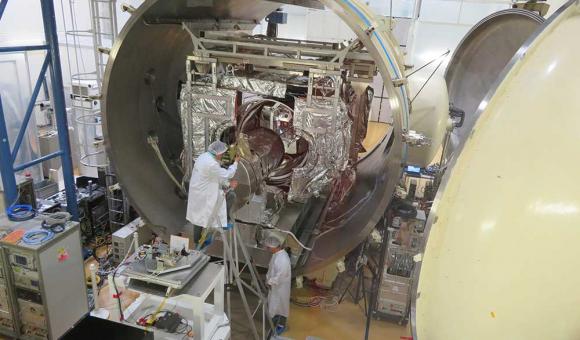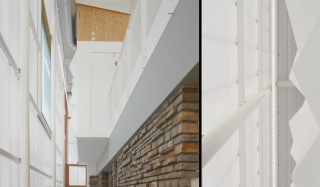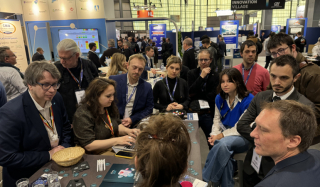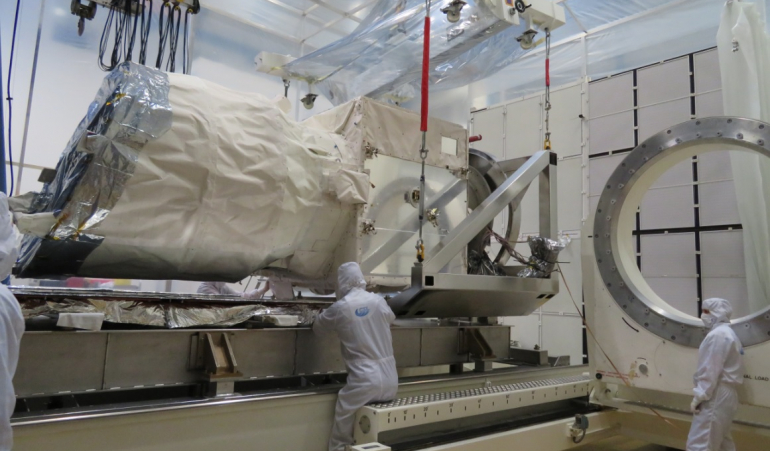
At 11.20 pm Brussels time on 22 August 2018, the ESA (European Space Agency) satellite AEOLUS was launched from the European spaceport in Kourou, French Guiana. Although the end client of this satellite is the ESA, it was the Liège Space Center (LSC) that carried out the final tests on the satellite.
These tests were quite a challenge for the LSC, as it was only the second time in 50 years of space activities that it had received a full satellite. It successfully overcame a number of human and technical challenges, such as the eradication of contamination, the optimisation of the surface coatings and the stability of the optical equipment, not to mention the fact that the team had to be available 24/7 and check every last detail.
These extremely delicate and comprehensive tests were made possible by the expertise of the LSC, combined with those of the body responsible for the satellite (Airbus Defence and Space UK) and the supplier of the instrument (Airbus Defence and Space Toulouse) and thanks to the availability of the dedicated logistics resources of the LSC. These made it possible to reproduce conditions in space, with a stable, uniform thermal environment, a representative vacuum level, absolute cleanliness and remarkable mechanical stability.
This thermal-optical test on the satellite allowed complete tests (with the exception of the solar panels) to be carried out in flight conditions and simulating extreme circumstances.
This success confirms that the satellite will be able to use revolutionary laser technology to measure winds around the globe. Its unique instrument, called ALADIN (Atmospheric Laser Doppler INstrument), will attempt a completely new technique using a very powerful laser that will survey the lower levels of Earth's atmosphere (up to an altitude of 30km) to produce vertical profiles of winds with a precision of around 1m/s and collect information on aerosols and clouds.
The data stored on board Aeolus will be sent to the ground station in Svalbard, Norway, every 90 minutes. The entire Earth will be scanned every seven days. The satellite has an expected life span of three years.
The aim of all these measurements is not only to allow significant advancements in weather forecasts, but also to contribute to long-term climate research. The wind measurements we currently have are fragmentary. Scientists and meteorologists need to receive accurate data on winds at regular intervals to understand the systems that influence the weather and the climate and to improve their forecasts. Aeolus will be the first satellite to provide them with this information.
Copyright photo: Centre Spatial de Liège
